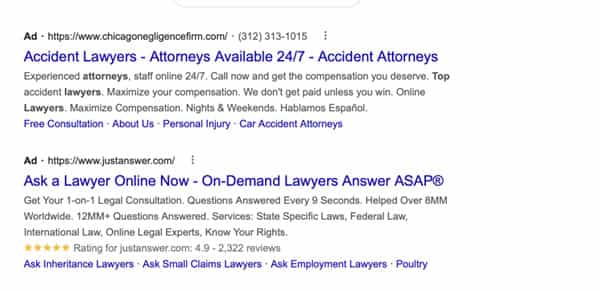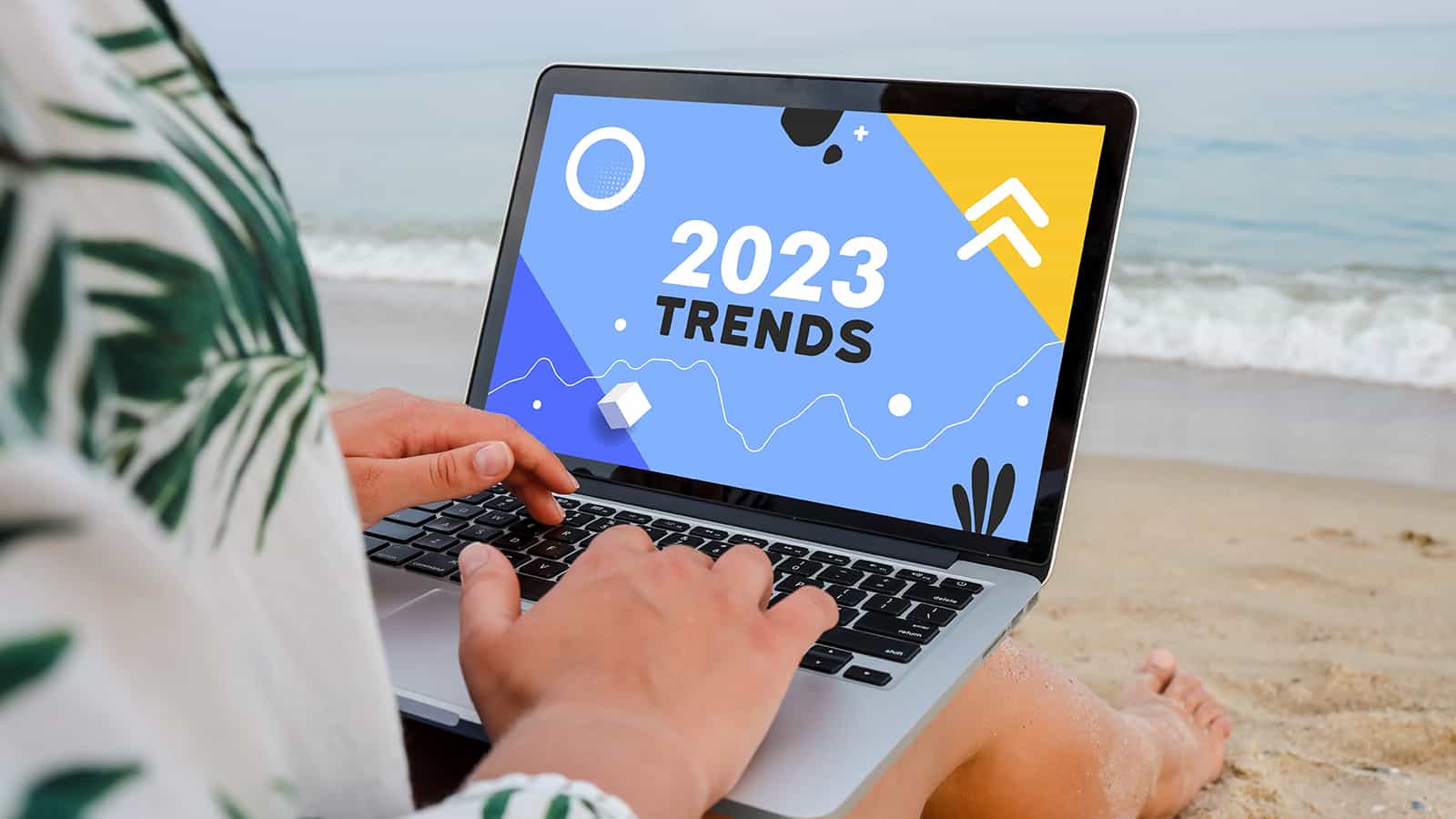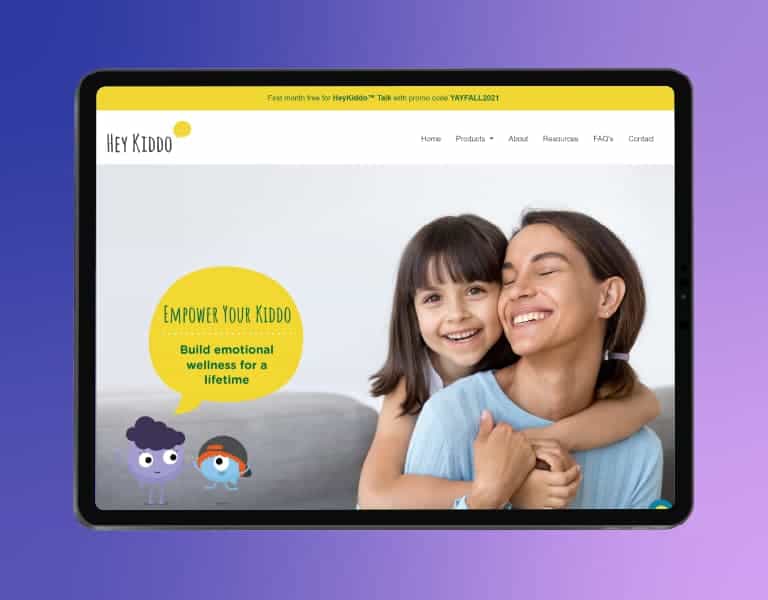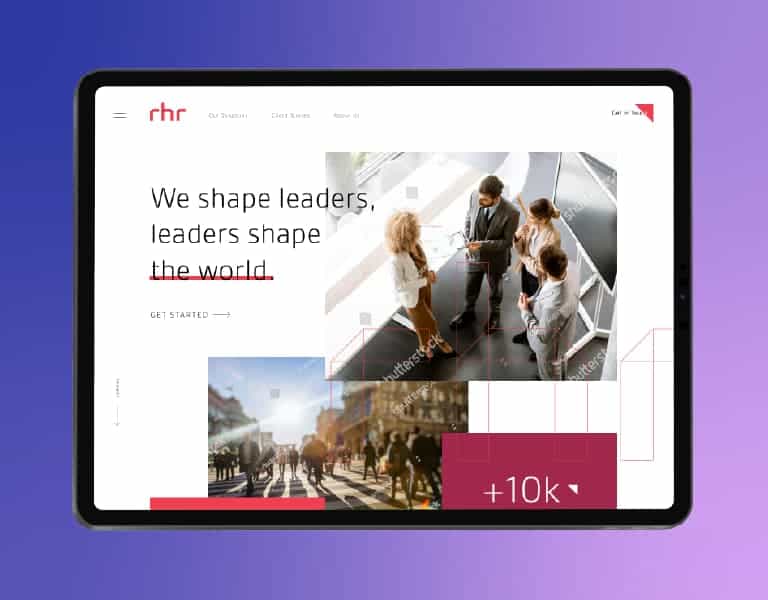
The Beginner’s Guide to PPC Marketing

September 28, 2022
Gaby Brogan
You know your product or service is strong. You know it can really make a difference. But the problem, all too often, is getting your story out there to the world. The digital age has transformed the way we live and do business, and the way that we advertise has changed, too. The days of huge billboards fading under the sun next to the highway are gone. Instead, you have the power to reach people directly on their devices, serving them personalized advertisements that speak to exactly what they’re looking for. Sounds good, right? Well, it is good. If you know how to do it.
We’re here today to take you through the process of one of the most popular forms of advertising on the internet: pay-per-click (PPC) advertising.
PPC Defined
PPC advertising is a model of online marketing in which you pay a fee every time one of your ads is clicked. It basically means you’re purchasing visits to your site, instead of trying to funnel them over to your platform organically.
Now, where are those ads hosted? That depends.
Search Engine Marketing (SEM)
Ads are commonly placed on search engines like Google and Bing. Search engine advertising allows you to bid for your ad to be placed on the search engine’s sponsored links section – that area that comes up at the top of the results page after you type in your search. For example, if you bid on the keyword “leadership consulting,” your ad may be displayed on the top spot on Google’s search result page when someone searches for “Best leadership consulting firm.”
Social Media Advertising (SMM)
Social media ads are often used to remarket an ad – once the user has seen something on their search engine results, it then pops up on their Instagram or Facebook feed. These ads are highly targeted and take on a similar style to the content posted on Instagram, Facebook, TikTok, Pinterest and more.
Often, we use SEM to generate traffic and then SMM to remarket and reinforce brand awareness. The two work together under one strategy, which we find more powerful than when they’re used apart.
Why Do I Need a PPC Marketing Strategy?
In the constantly-shifting world of online marketing, websites and ads are always competing for user attention. For many businesses, it can be difficult to know where to start, and it’s all too easy to get lost in the weeds. But at the end of the day, a strong PPC strategy is crucial. PPC serves your ads to the right people, whether you’re seeking brand awareness or looking to grab that spot at the top of the search results. This valuable advertising real estate can provide an immediate source of targeted traffic to your website, drive conversions and contribute to revenue growth.
In fact, you can boost brand awareness more than 80% through paid Google ads. PPC services can see a 200% ROI rate; they return at least $2 for every $1 spent, and it’s easy to see why. 85% of consumers use the internet to search for businesses in their local area – shopping has become a handheld experience, and consumers expect more personalized experiences than ever before.
PPC ads enable you to target those highly relevant audiences that are looking for what you’re selling, and deliver ads to their device on Instagram, Facebook, Google and more. Working with Google Ads and Google Analytics, you can skyrocket the amount of traffic you get to your website and end up with:
- Better Lead Generation
Appointments booked, online forms filled in, phone calls taken and sales made. With PPC, you’ll target highly specific audiences, using machine learning to show your ads to high-potential leads based on their gender, location and specific demographics. - Enhanced Brand Awareness
Brand awareness is vital to building your reputation and developing knowledge about your product. PPC advertising puts your brand front and center. - Intuitive Remarketing Campaigns
You can boost your conversion rate by retargeting people that have already shown an interest in your product or service. This essentially lowers their barrier to your business and makes it easy for them to shift from click to conversion.
How to Build a PPC Strategy
PPC advertising is the internet’s answer to a billboard. It gets your advertisement in front of your target audience in an effective and unmissable way. But not all PPC strategies are created equal. A strong PPC strategy requires:
- PPC Strategy Development
- PPC Research
- Campaign Setup
- Turnkey PPC Campaigns
- PPC Optimization
These can all be achieved through a simple five-step process.
Step 1: Define Your Goals
The first step to any digital marketing endeavor is to figure out exactly what you’re trying to achieve. Do you want to generate leads, increase the amount of traffic to your site, or create sales opportunities? You’ll use different PPC strategies for each. If you want to increase brand awareness, then it’s best to use social media and display ads. If you want to drive sales, on the other hand, then you should invest in search PPC.
Step 2: Understand Your Audience
Next up, you need to ask yourself – who do I want to speak to? There are varying methods for targeting certain audiences via Google Ads (formerly Adwords), and you need to know exactly who you want to speak to.
The kind of audience will determine how you target – and we recommend targeting based on intent, not just on keywords related to your business. When you bid for keywords and create ads, they all should be hitting the intent of your audience. Does your ideal audience want leadership consulting services, or do they want a bigger, better, more inspirational leadership team?
Broadly speaking, there are 3 types of search intent that audiences will have:
- Transactions: Your audience wants to buy something.
- Information: Your audience wants to get more information.
- Navigation: Your audience wants a certain page or resource.
Step 3: Create Strong Landing Pages
When mapping out the audience’s journey, consider this; once your audience has reached your PPC ad, and (presumably) clicked, you need to send them somewhere. Imagine you send them to a complicated mess of a landing page – or, to a site that doesn’t specifically answer their search query, being only slightly related to your ad. They’re unlikely to then convert to a purchase or a click, or whatever you’re looking for them to do. Instead, they’ll quickly navigate away. So, you need to make sure that you’re creating optimized landing pages. Directing visitors to generic or tangentially related pages is a waste of your PPC advertising investment.
Creating strong, unique landing pages that speak to your advertisements is a key step that is all too often missed when mapping out PPC strategy. Relate your landing pages strongly to the initial search intent of your audience.
Step 4: Create the PPC Advertising Campaign
See your ads as the link between your audience’s intent and the landing pages you’ve created. Make sure your ad:
- Briefly illustrates your USP
- Contains snappy, eye-catching language
- Demonstrates your value
Don’t be afraid to experiment and try different versions of copy and different landing pages, too.
In terms of the best platform for your PPC advertising campaign, we recommend Google Ads. With Google Ads, you can reach people through both the Google Search Network and the Google Display Network.
The Seach Network shows your ads on the Google homepage in response to certain keywords being typed in. The ads look like this:

On the other hand, the Google Display Network shows banner ads on websites that your audience is likely to visit. For example, if you’re selling gardening tools, you would place a banner ad on a blog about gardening.

Step 5: Analyze and Keep Optimizing
One of the most important things to remember is that pay-per-click advertising is not a simple one-off process. It’s a fluid and dynamic process that needs to respond to analysis and feedback from the real-life results you’re seeing.
Identify which keywords are driving results and build out your strategy from there. Those keywords are hitting your audience’s intent – what’s different about them?
Here are some key metrics to consider when diving into analysis of your PPC marketing strategy:
- Click-through rate (CTR): This helps you to consider how relevant your keywords are for your intent – are people even clicking through to get to your landing page?
- Conversion rate: You may need to look into higher-performing keywords if your conversion rate is low.
- Cost per click (CPC): Think about how much you’re happy to pay in order to get your audience’s attention? This is your target CPC. How much is it currently costing you to get those clicks?
- Cost per acquisition (CPA): This shows how competitive the keyword is, and gives you insight into your profit margin, considering the investment of the conversion.
- Quality Score (for Google Ads, formerly Adwords ): This shows how effective a few different factors are, such as ad relevance, landing page relevance and click through rate.
- Return on ad spend (ROAS): This shows you the return on your ad spend – very useful for overview of the financial decision-making getting you those clicks.
And there you have it: our whirlwind guide to PPC advertising. We hope this was useful to you. If you have any questions, our team of PPC advertising experts is always ready to talk.

























